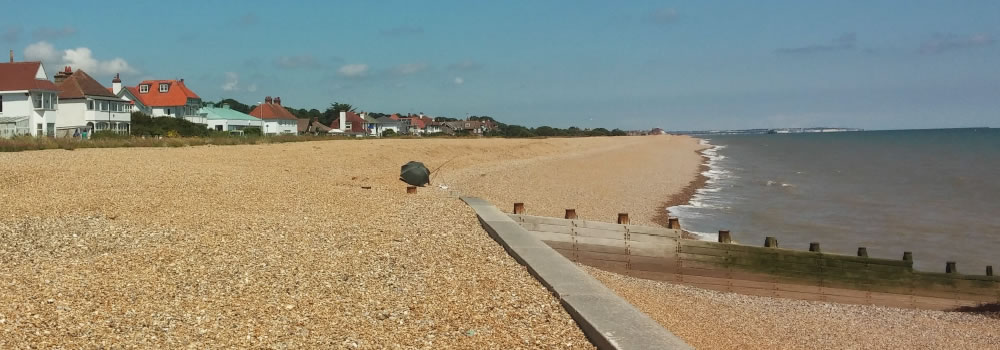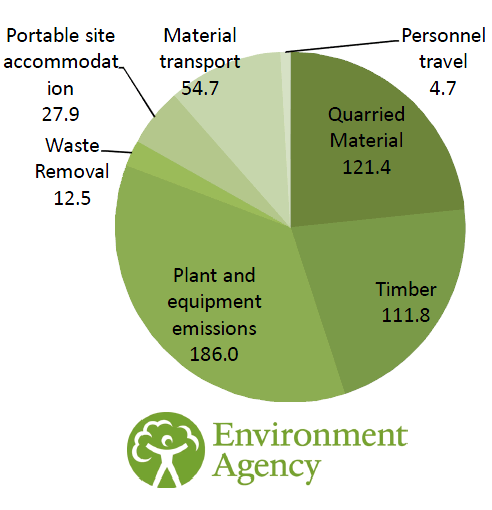How much is it costing and who is doing the work?

The total cost of the project is £1.8million.
It’s a lot of money but sea defences are very expensive to construct and maintain.
DEFRA, the governmental department for environment, food and rural affairs, has awarded the majority of the funds with an additional contribution from Dover District Council.
Project Appraisal Report
The Project Appraisal Report (PAR) was submitted to the Environment Agency on the 10th November 2014 by Dover District Council. The report illustrates the need for the works and considers the options available for Kingsdown. Over 160 pages long, the document and it’s appendices document the technical aspects of the works including full design drawings and hydrodynamic reports, as well as cost/benefit analysis, an economical appraisal and an environmental report. The project programme, procurement strategy and costs breakdown are also included.
Construction
As well as carrying out the initial study, engineers from the East Kent Engineering Partnership undertook all the design for the project and will be supervising the work. Over the years we have built up a team experienced in coastal and structural work managing recent major projects in Herne Bay, Margate and Greatstone. We consider that as well as being less expensive than external consultants, we can bring to the project our local expertise and knowledge.
Cost Benefit Analysis (CBA)
As part of the PAR report, a cost benefit analysis is undertaken. This forms part of the decision making process when choosing which option is the most suitable and best value for money. The cost benefit ratio is the ratio between the cost of the proposed project against the approximate value of damages if the do nothing approach is taken, i.e. the amount of property protected by the scheme.
The multi‐coloured manual for flood and erosion risk management provides the CBA methods and data which can be used for the practical assessment of schemes. Geographic Information Systems are used to analyse the area looking at flood contours, erosion predictions and which properties and assets they affect.
This scheme earns a cost benefit ratio of 1 to 18.5. So for every pound we spend, we are saving eighteen pounds and fifty pence.
Is this good value for money?
The Environment Agency require a cost benefit ratio of at least 1 in 5 but normally 1 in 8. This shows that we are committed to getting the most out of public money.
Site Supervision
The contract to construct the new timber groynes is currently being tendered. Once the contract has been awarded and programme details are finalised a newsletter confirming these details will be sent to residents.
Materials
To meet the Council’s strict environmental policy, only timber from a sustainable source shall be used for the groynes. The wood we have chosen, Ekki (also known as Azobé), is sourced from Cameroon. A separate contract worth £505k has been awarded to Wijma UK Ltd for the timber supply. The timber will be delivered to a site compound at Walmer in July/August 2015.
Contribution
Dover District Council will also make a contribution in Year 1 (2015/16) of £200k, towards the cost of the works. In later years Dover District Council will also fund the biannual maintenance recycling aspects of the project.
Dover District Council has a formally adopted policy with respect to flood and coastal defence. The policy states that the “Council will provide an adequate, economically, technically and environmentally sound approach to providing the flood and coastal defence service and will ensure that appropriate maintenance regimes are in place for flood and coastal defence for which the Council takes responsibility.”
Not Costing the Earth - Carbon Calculator
 All major projects must undergo a carbon assessment using the Environment Agency’s carbon calculator tool. This calculator estimates the amount of carbon dioxide (CO2) in tonnes for all aspects of the project. The total output for the entire project is 516 tonnes.
All major projects must undergo a carbon assessment using the Environment Agency’s carbon calculator tool. This calculator estimates the amount of carbon dioxide (CO2) in tonnes for all aspects of the project. The total output for the entire project is 516 tonnes.
This is roughly the same as the annual output of 24 UK households (University of Stockholm, 2007).
Because of the harsh, saline environment it was not possible to change the materials we are using, however it did help us to consider the amount of carbon we were producing and how we could reduce this.
We will reduce the number of journeys made by the dumpers and excavators. This helps protect local air quality.
We have also decided to reuse some of the existing timber onsite which means that we can save both money and CO2 by not having to import as much new timber.
Full Menu
Contact
Liam Wooltorton, Canterbury City Council: Tel: 01227 862454, email liam.wooltorton@canterbury.gov.uk
or
Keith Watson, Dover District Council: Tel: 01304 872399, email keith.watson@dover.gov.uk